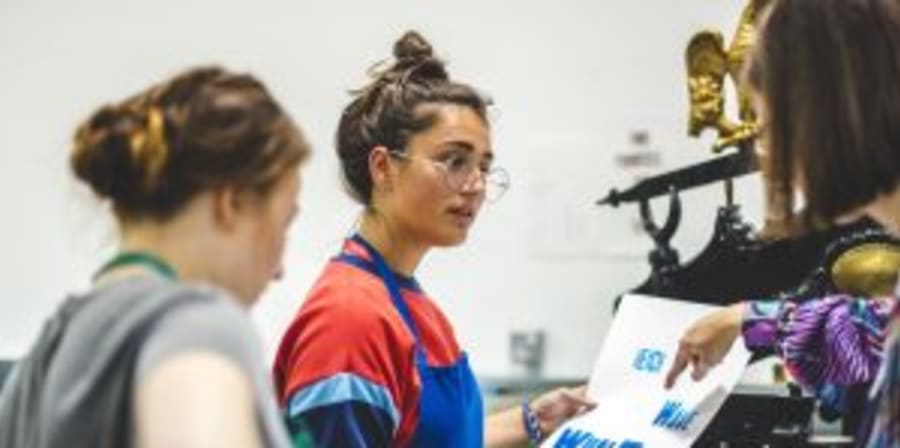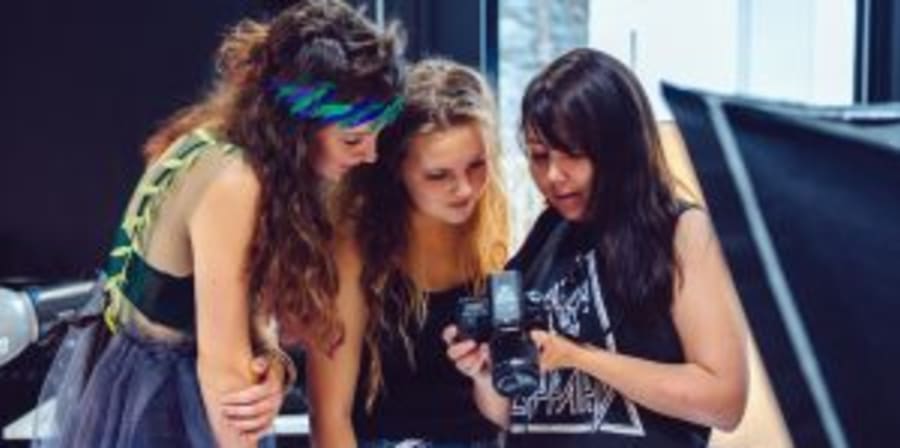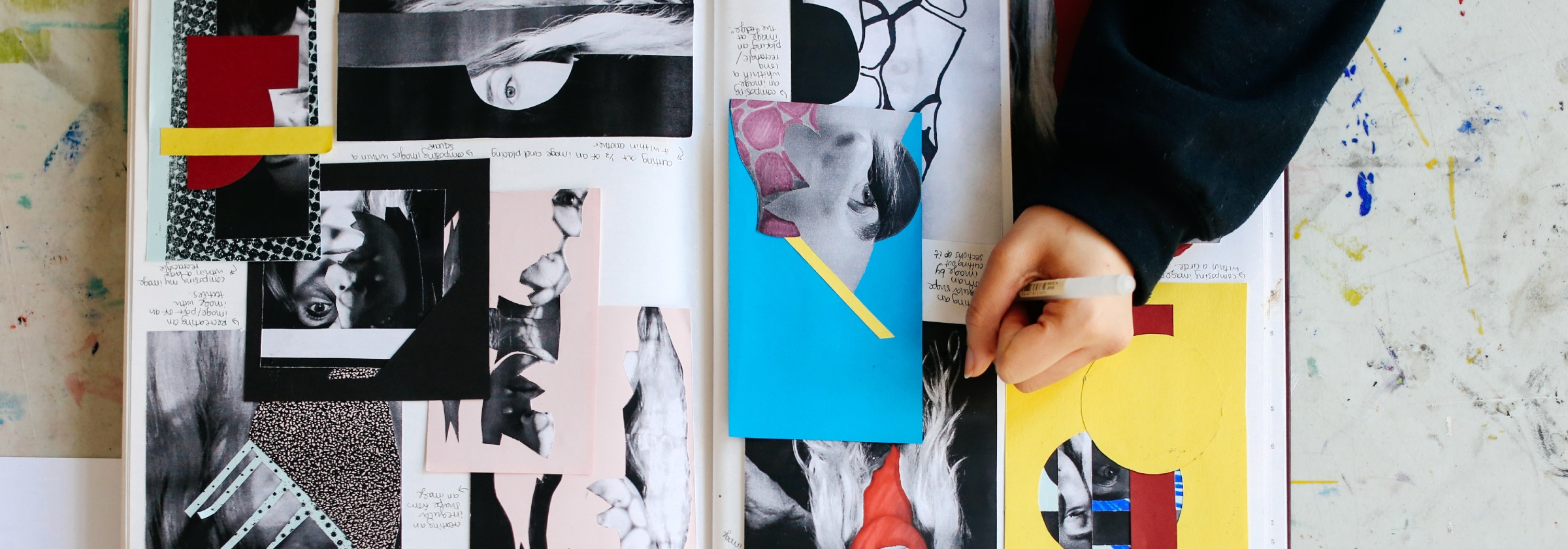
The importance of soft skills
Respect, Responsibility and Grit are all valuable skills within both creative education and the workplace. Matias Shortcook, Associate Dean at Plymouth College of Art, shares his thoughts about the role of ‘soft skills’, giving a glimpse into Plymouth’s implementation of the Character Project.
Like so many colleges, in recent years we’ve seen a rise in the number of students coming to us with mental health struggles, personal issues and increased levels of anxiety, all of which impact on their ability to learn.
In light of this, a lot of our curriculum planning sessions start with the same question. While we’re planning links to industry, live briefs, and opportunities for students to set themselves up as professional practitioners in their fields, how can we make sure that the students are equipped to take advantage of these opportunities?
I’m sure that many of us feel that a growing part of our job as educators is to address the wellbeing of students, before we can even get to the creative education.
And I’m sure that we have all had, to lesser or greater extents, concerns when we wave goodbye to those students, hoping that we’ve helped them to develop the resilience to weather the challenges that lie ahead.
At Plymouth College of Art we have taken the position that it is not who you are, but what you do that defines you. We have expanded our crafts provision whilst others have closed theirs, and we continue to build on our heritage of making, through investments in cutting-edge technology such as Fab Lab Plymouth, as well as retaining traditional skills by rescuing antique wallpaper presses and letterpress sets.
Making is in our blood and central to what we do. But to develop intimacy in these practices and to use them to be successful in the creative industries, we recognise that you need a range of other skill bases, other than the technical.

With this need in mind, we asked what would happen if our students, our lecturers and our environment focused on soft skills, first and foremost? How would this change what they saw as possible in their creative practices?
Talking with my subject leads, we identified very similar values across our five Extended Diploma courses, Foundation Diploma in Art & Design, and GCSEs. These values were distilled into six areas which are Respect, Communication, Responsibility, Wellbeing, People and Grit.
I don’t want to pretend that we’re the first to do this. We’re not even second, third or fourth in the pursuit of these important areas of learning. Across all the sectors, not just our own, people have recognised time and again the importance of developing a broad range of skills, alongside technical understanding. This was reflected in the STEPS (no, not the band) project, which was set up as a college partnership with eight institutions from across Europe in 2015 to research the nature, importance and need for ‘soft skills’ within the workplace.
Angela Duckworth in her study of ‘Grit’ laid out persuasive research, which demonstrated across different sectors of society that ‘grit rather than intelligence’, was the key factor in the success of an individual. Take a moment to review her work and the ‘Grit Scale’, which is super interesting stuff!
It’s also worth looking at K.I.P.P. schools in the USA, which have a well-established model, setting down a range of character strengths that demonstrate high impact on student success, across a wide range of socio-economic areas.
Based on our research, we had agreed how to organise these values and the next step was to agree on what the best outcome for each of these character values would look like at the end of our courses. We then mapped what these values would look like at the end of every stage, establishing the learning outcomes, or competency, for each assessment point of our courses. This has enabled us to create a system, now in its second year, where every six weeks we assess and feed back to the students about their character alongside assessing their qualifications.

Our environment needed to also reflect the Character Project, and all activities that are planned are prioritised in terms of how this will build the character of our students. Increased group work, more critiques, more competitions, events and external partners are part of this. The benefit of this way of structuring the skills of the individual is that it also allows us to create a home for British Values, Prevent and Employability.
We called it the Character Project, because it is a project, a work-in-progress that we continue to improve and refine, to the benefit of staff and students.
This year we saw nearly 40% of students walk away with a distinction, which is nearly double what students had achieved the previous year. More importantly, 80% of our students met or exceeded the ambitious targets that we agree with them at the start of the course. So, the ‘soft skills’ that we embed with the Character Project aren’t soft, they’re anything but.
Once, when discussing this project with a colleague they pointed out that the word ‘character’ has its origins in Ancient Greek, referring to an ‘engraved mark’ and the creation of dye for the embossing of coinage. This comparison was exciting because in both cases, an external force is required to shape the outcome. Character is not something that never changes, it is something that we can help to nurture. If we can develop these character traits in the young people that we teach, then they’ll truly leave with the skills that they need to succeed in their creative futures.

